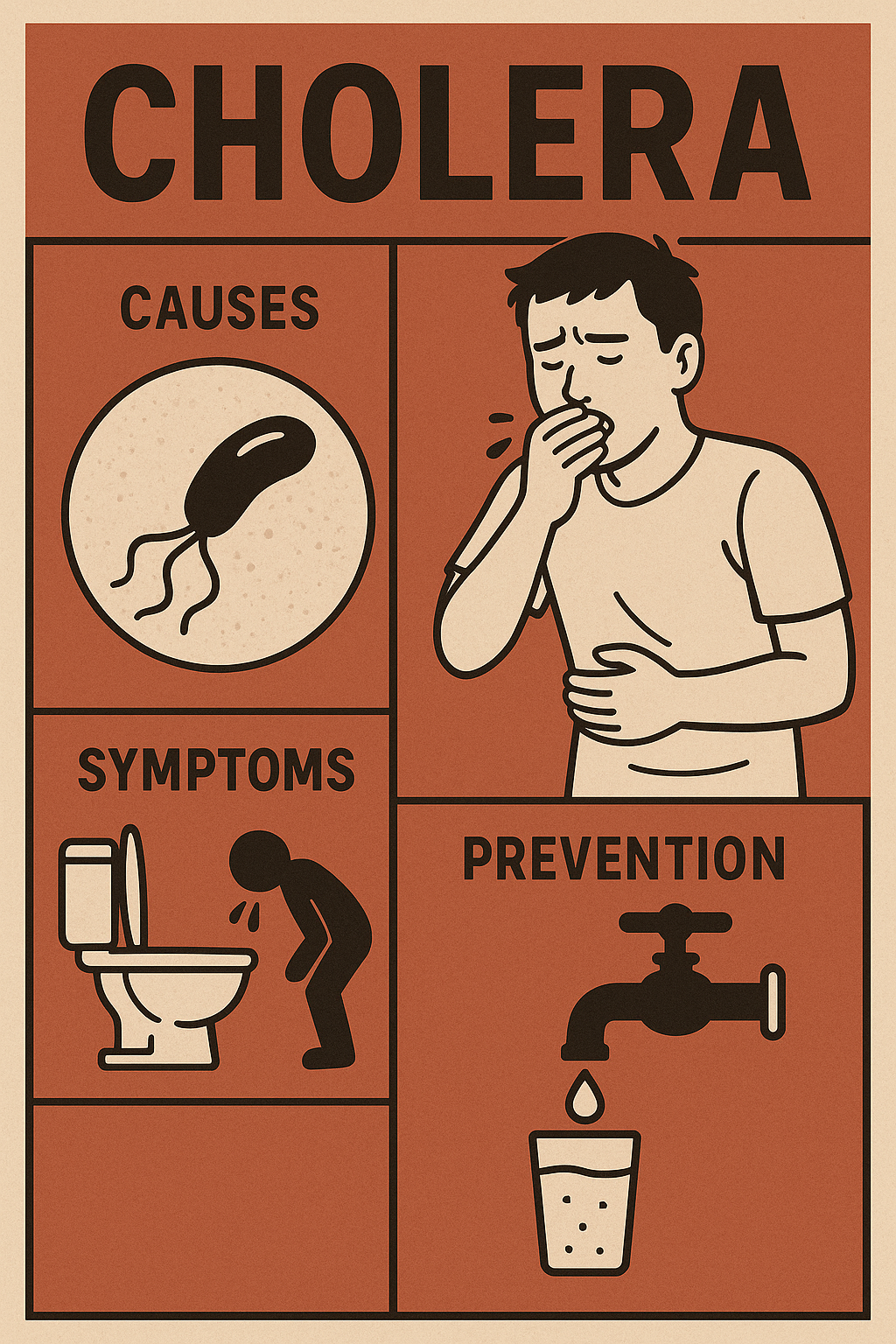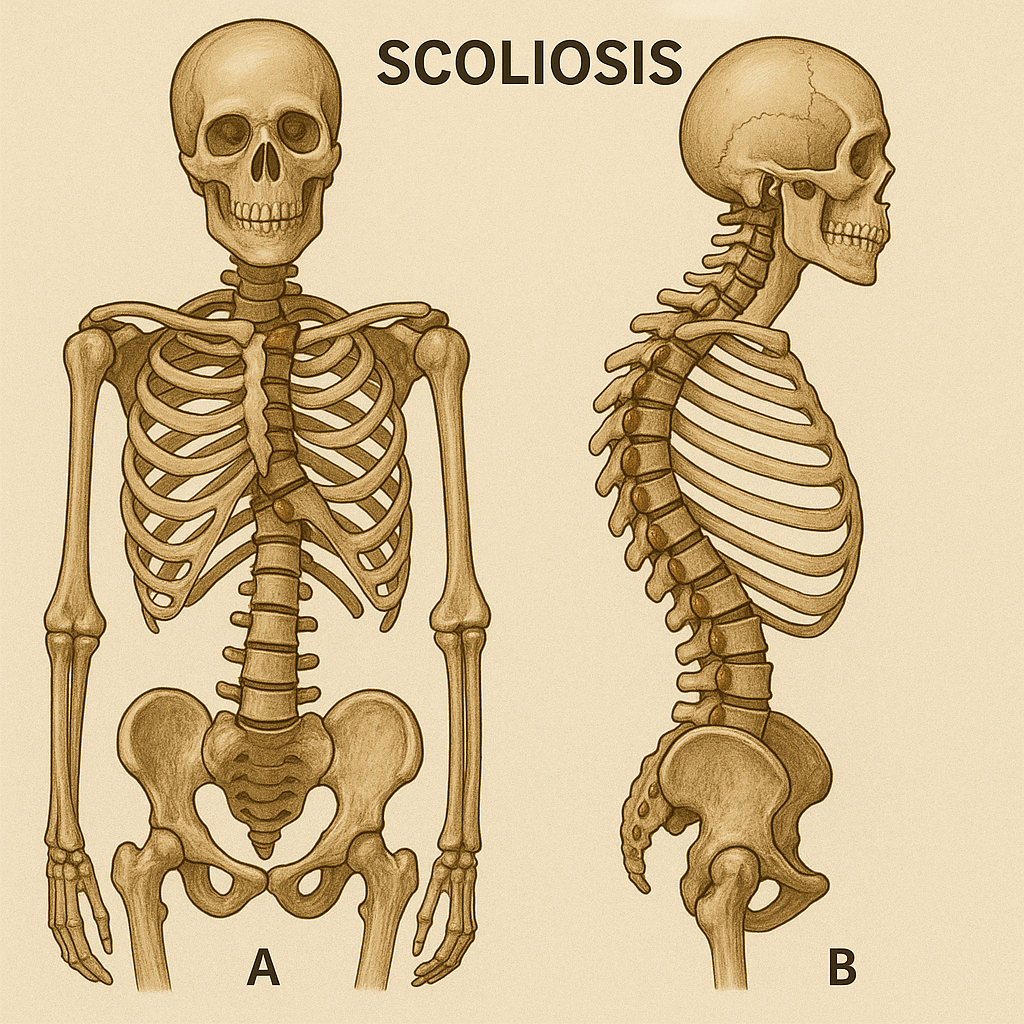Top 5 Deadliest Diseases- Cholera



Imagine looking in the mirror and realizing that your spine isn’t straight. It curves- maybe just or little, or maybe a lot- and suddenly, something you’ve never thought about becomes a source of questions, concern, or even pain. This is the reality of millions who are living with scoliosis, a condition that can be as subtle as a mild tilt or as serious as a curve that disrupts everyday life.
Scoliosis is a spinal condition that affects people of all ages, most commonly developing during the years just before puberty. While some forms of this condition are caused by neuromuscular disorders or birth effects, most cases are idiopathic, meaning the cause is unknown. Scoliosis often runs down the family and tends to affect girls more severely than boys.
Signs of Scoliosis may seem simple: uneven shoulders, an off-center head, a prominent rib or shoulder blade, or an asymmetrical waist. The physical changes may seem simple, but can signal a deeper structural shift in the spine.
Diagnosing scoliosis involves both physical exams and imaging tests such as X-rays. Scoliosis is determined when the curvature of the spine measures 10 degrees or greater. Treatment options are determined by the severity of the spinal curve. For mild cases, regular monitoring may be enough. For moderate curves, bracing can prevent progression. In more severe cases, specifically when the curve exceeds 45-50 degrees, surgery - usually a spinal fusion - may be necessary to stabilize and straighten the spine
Images generated by AI
https://my.clevelandclinic.org/health/diseases/15837-scoliosis
https://www.hopkinsmedicine.org/health/conditions-and-diseases/scoliosis
https://www.mayoclinic.org/diseases-conditions/scoliosis/diagnosis-treatment/drc-20350721
https://www.aans.org/patients/conditions-treatments/scoliosis/
One update per week. All the latest news directly in your inbox.